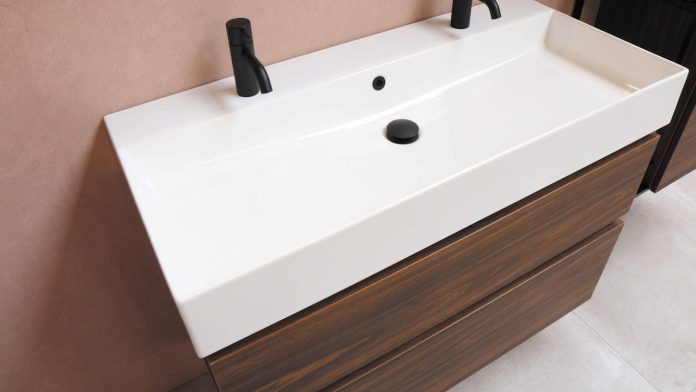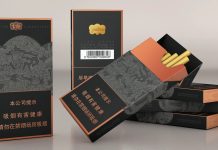When welding copper, it’s important to use a heat sink to prevent the metal from overheating and potentially warping or cracking. A heat sink is a device that absorbs and dissipates heat away from the weld area, helping to keep the temperature within a safe range.
For copper welding, a copper heat sink is recommended because it has a similar thermal conductivity to copper and won’t introduce any contaminants into the weld. Here are the steps to use copper heat when welding heat sink copper:
- Choose a copper heat sink that’s large enough to cover the area around the weld joint.
- Clean the surface of the heat sink and the area around the weld joint to remove any dirt, oil, or other contaminants that could affect the quality of the weld.
- Place the heat sink on the opposite side of the metal from where you’ll be welding.
- Secure the heat sink in place with clamps or magnets to ensure it doesn’t move during welding.
- Begin welding, making sure to move the heat source (whether it’s a torch or an arc) around the joint to distribute the heat evenly.
- Periodically check the temperature of the heat sink and the metal around the weld joint with an infrared thermometer to make sure it doesn’t overheat.
- When you’ve finished welding, allow the metal to cool down before removing the heat sink.
Purpose of welding heat sink copper
The purpose of using a heat sink when welding copper is to prevent the metal from overheating and potentially warping or cracking during the welding process. Copper is a highly conductive metal and can quickly absorb heat, which can lead to localized hot spots and damage to the metal. By using a copper heat sink, the heat is dissipated away from the weld area, which helps to keep the temperature within a safe range and prevents the metal from becoming too hot. This can improve the overall quality of the weld, reduce the risk of defects, and help to ensure that the final product is strong, durable, and able to withstand the demands of its intended use.
Advantage in using copper as a heat sink
There are several advantages to using copper as a heat sink material:
- High thermal conductivity: Copper is an excellent conductor of heat, which means that it can quickly and efficiently absorb and dissipate heat away from the weld area. This helps to prevent localized hot spots and ensures that the metal stays within a safe temperature range during welding.
- Corrosion resistance: Copper is resistant to corrosion, which means that it won’t rust or corrode over time, even when exposed to moisture or other corrosive substances. This makes it a durable and long-lasting material for use as a heat sink.
- Compatibility with copper welding: Because copper has similar thermal conductivity to copper, using a copper heat sink is less likely to introduce any contaminants or impurities into the weld, which can help to ensure a high-quality, defect-free weld.
- Machinability: Copper is easy to machine and work with, which means that it can be shaped and sized to fit specific welding applications.
You can ensure that your copper welding project is successful and the metal stays in good condition by following this beginner guide.



















